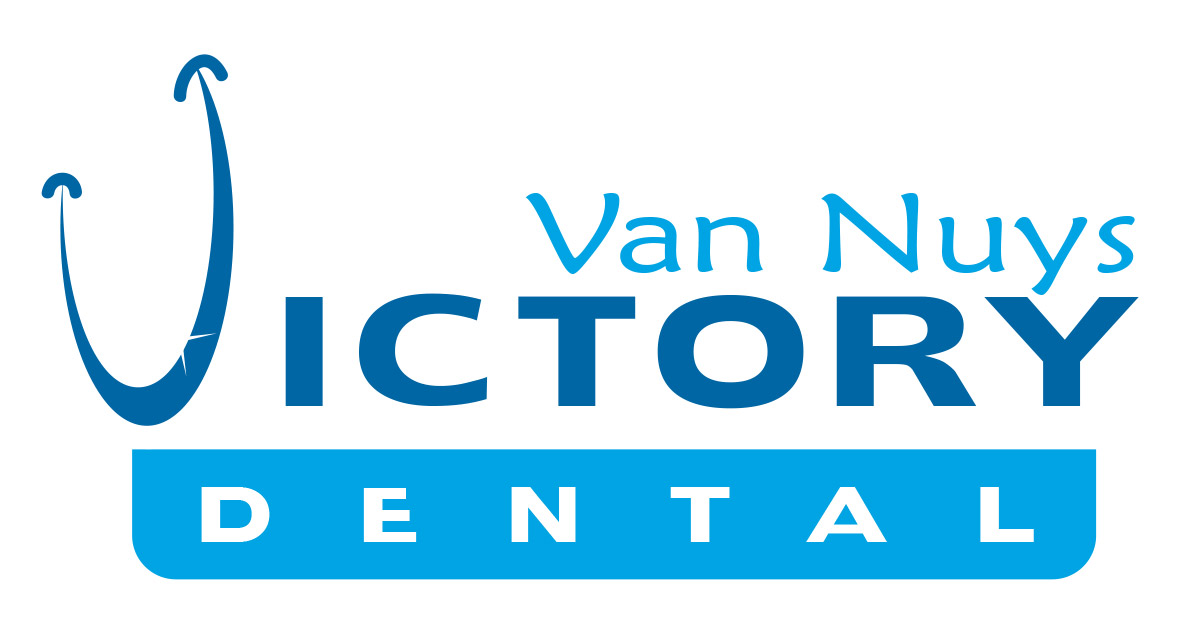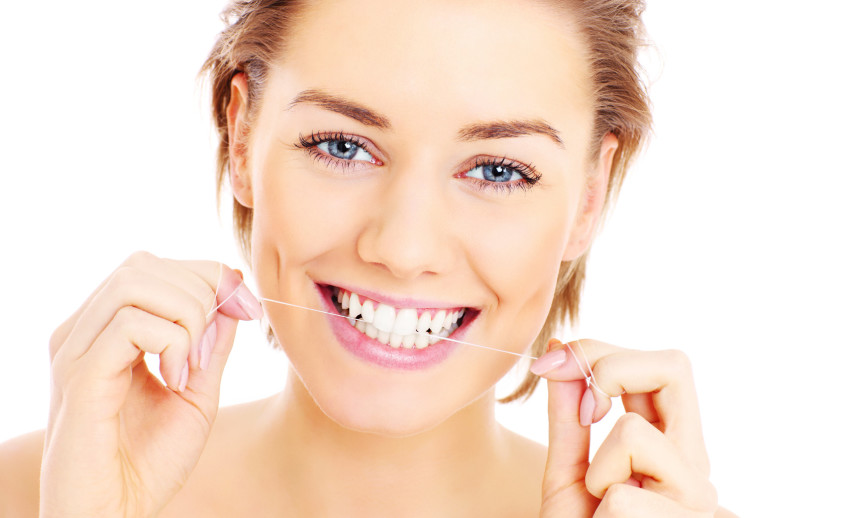Si tienen la intención de mantener la salud de su cavidad oral en un nivel óptimo, lo más importante que va a tener que entender es que se logra mejor el mantenimiento de la salud oral de uno a través de la asociación del paciente con su dentista. Juntos, pueden tomar mejor el cuidado apropiado de los dientes y todas las demás estructuras de la cavidad oral.
El trabajo de la paciente en el hogar
La higiene dental es responsabilidad del paciente. En casa, el paciente tiene el control total de la calidad y la frecuencia de la atención que recibe su boca. Los más importantes medidas de higiene oral son el cepillado de dientes, hilo dental y hacer gárgaras con enjuague bucal. Tienen el propósito de hacerse de manera regular, para librar a la boca de la placa acumulada y prevenir la aparición de la enfermedad. Prácticas de higiene rigurosas y regulares deben proveer suficiente protección a la salud de la boca del paciente. El cepillado limpia la boca y elimina la placa adherente que provoca la enfermedad dental. El hilo dental limpia entre los dientes y elimina las partículas de comida y la placa que se atascan y en ocasiones causan proximal y enfermedad de las encías. El enjuague con un enjuague bucal, especialmente los que están medicados, mantendrán la salud del tejido de las encías y para promover la curación adecuada de llagas y heridas quirúrgicas.
El trabajo del dentista en la oficina
Mientras propias medidas de higiene del paciente son lo suficientemente buenos para mantener la salud, no se puede confiar por completo en lo que el cepillo de dientes, hilo dental y enjuague bucal pueden hacer. Se anima a los pacientes a ver a sus dentistas cada seis meses, o por lo menos dos veces al año, para la limpieza dental y chequeo. Durante estas visitas, la salud de las estructuras de la cavidad oral son inspeccionados a fondo y se le da el tratamiento adecuado, si la condición lo requiere.
El procedimiento dental más básico que se realiza en el consultorio dental es la limpieza dental. A menudo se refiere a la profilaxis oral, el procedimiento consiste en la ampliación través de la superficie supragingival y subgingival de los dientes para eliminar la placa y los depósitos Calcular. Se puede realizar manualmente usando diferentes tipos de raspadores y curetas; y se puede hacer con un aparato de ultrasonidos, un equipo que vibra a una velocidad que permite el escalado y la planificación efectiva de la superficie del diente.
Sus medidas de higiene oral en casa son lo suficientemente bueno hasta cierto punto. Es bastante limitado en términos de llegar a las áreas cruciales y donde los esfuerzos son limitados, el dentista viene a proporcionar apoyo adicional. Dependiendo de la condición existente de la salud oral del paciente, se requerirá un tratamiento de limpieza superficial o profunda. Estos procedimientos ayudarán a restaurar la salud del periodonto y detener significativamente la progresión de la enfermedad. Si la condición es de la salud o el paciente se está ocupando de gingivitis o periodontitis, una dirección adecuada puede ser proporcionada.
La gingivitis es una condición reversible de las encías que se hace referencia más acertadamente como enfermedad de las encías, donde se puede observar la pérdida de inserción del tejido blando. El tejido de las encías se presenta con algo de dolor, hinchazón, sangrado y formación de pus. Si esto no se resuelve adecuadamente, va a progresar a una enfermedad de las encías más grave conocida como periodontitis. Efectos de la enfermedad puede ser irreversible, ya que implica la pérdida de hueso y presenta una cierta movilidad de los dientes en diversos grados. Su única esperanza en estos casos será que la condición se detecta antes, antes de permitir un daño significativo a tener lugar. Una buena relación con su dentista será muy útil para esto.

